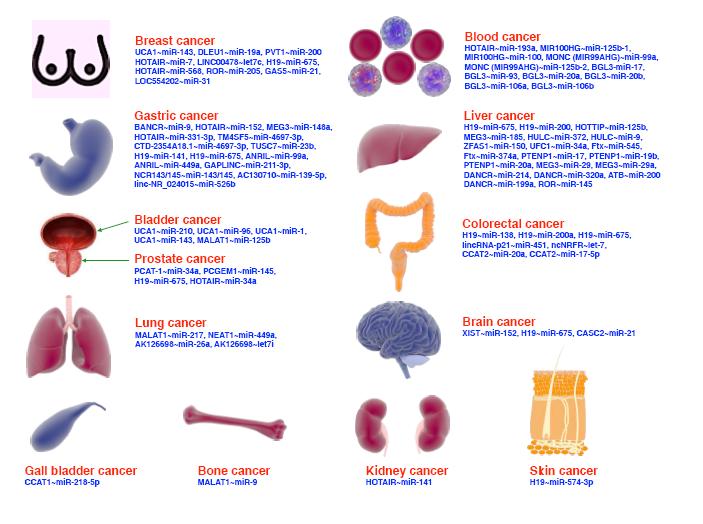| 1. |
郭颖, 张瑞生. 中国成人心脏瓣膜病超声心动图规范化检查专家共识. 中国循环杂志, 2021, 36(2): 109-125.Guo Y, Zhang RS, et al. Expert consensus for standard assessment by echocardiography in Chinese adults with valvular heart disease. Chin Circ J, 2021, 36(2): 109-125.
|
| 2. |
Yang Y, Wang Z, Chen Z, et al. Current status and etiology of valvular heart disease in China: A population-based survey. BMC Cardiovasc Disord, 2021, 21(1): 339.
|
| 3. |
Nkomo VT, Gardin JM, Skelton TN, et al. Burden of valvular heart diseases: A population-based study. Lancet, 2006, 368(9540): 1005-1011.
|
| 4. |
Lin J, Yang D, Zhao X, et al. The action logic of the older adults about health-seeking in South Rural China. BMC Public Health, 2023, 23(1): 2487.
|
| 5. |
Xu H, Liu Q, Cao K, et al. Distribution, characteristics, and management of older patients with valvular heart disease in China: China-DVD study. JACC Asia, 2022, 2(3): 354-365.
|
| 6. |
Cheng TO. How much of the recent decline in rheumatic heart disease in China can be explained by changes in cardiovascular risk factors? Int J Cardiol, 2009, 132(3): 300-302.
|
| 7. |
Otto CM, Nishimura RA, Bonow RO, et al. 2020 ACC/AHA guideline for the management of patients with valvular heart disease: A report of the American College of Cardiology/American Heart Association Joint Committee on Clinical Practice Guidelines. Circulation, 2021, 143(5): e72-e227.
|
| 8. |
Mengi S, Januzzi JL, Cavalcante JL, et al. Aortic stenosis, heart failure, and aortic valve replacement. JAMA Cardiol, 2024, 9(12): 1159-1168.
|
| 9. |
Gaede L, Di Bartolomeo R, van der Kley F, et al. Aortic valve stenosis: What do people know? A heart valve disease awareness survey of over 8, 800 people aged 60 or over. EuroIntervention, 2016, 12(7): 883-889.
|
| 10. |
Guo W, Sylvia S, Umble K, et al. The competence of village clinicians in the diagnosis and treatment of heart disease in rural China: A nationally representative assessment. Lancet Reg Health West Pac, 2020, 2: 100026.
|
| 11. |
Kodali SK, Velagapudi P, Hahn RT, et al. Valvular heart disease in patients ≥80 years of age. J Am Coll Cardiol, 2018, 71(18): 2058-2072.
|
| 12. |
Zilberszac R, Lancellotti P, Gilon D, et al. Role of a heart valve clinic programme in the management of patients with aortic stenosis. Eur Heart J Cardiovasc Imaging, 2017, 18(2): 138-144.
|
| 13. |
Tu WJ, Xue Y, Nie D. The prevalence and treatment of diabetes in China from 2013 to 2018. JAMA, 2022, 327(17): 1706.
|
| 14. |
Alaour B, Menexi C, Shah BN. Clinical and echocardiographic follow-up of patients following surgical heart valve repair or replacement: A tertiary centre experience. Echo Res Pract, 2018, 5(3): 113-119.
|
| 15. |
Vahanian A, Beyersdorf F, Praz F, et al. 2021 ESC/EACTS Guidelines for the management of valvular heart disease. Eur Heart J, 2022, 43(7): 561-632.
|
| 16. |
Liu F, Panagiotakos D. Real-world data: A brief review of the methods, applications, challenges and opportunities. BMC Med Res Methodol, 2022, 22(1): 287.
|
| 17. |
Roselli C, Yu M, Nauffal V, et al. Genome-wide association study reveals novel genetic loci: A new polygenic risk score for mitral valve prolapse. Eur Heart J, 2022, 43(17): 1668-1680.
|
| 18. |
Wood DA, Lauck SB, Cairns JA, et al. The vancouver 3M (multidisciplinary, multimodality, but minimalist) clinical pathway facilitates safe next-day discharge home at low-, medium-, and high-volume transfemoral transcatheter aortic valve replacement centers: The 3M TAVR study. JACC Cardiovasc Interv, 2019, 12(5): 459-469.
|
| 19. |
Taggu W, Topham A, Hart L, et al. A cardiac sonographer led follow up clinic for heart valve disease. Int J Cardiol, 2009, 132(2): 240-243.
|
| 20. |
Ionescu A, McKenzie C, Chambers JB. Are valve clinics a sound investment for the health service? A cost-effectiveness model and an automated tool for cost estimation. Open Heart, 2015, 2(1): e000275.
|
| 21. |
Head SJ, Kaul S, Mack MJ, et al. The rationale for Heart Team decision-making for patients with stable, complex coronary artery disease. Eur Heart J, 2013, 34(32): 2510-2518.
|
| 22. |
Luo D, Zhu X, Qiu X, et al. Healthcare preferences of chronic disease patients under China's hierarchical medical system: An empirical study of Tianjin's reform practice. Sci Rep, 2024, 14(1): 11631.
|
| 23. |
刘若云, 刘然, 戴枚芳, 等. 评价全生命周期管理体系对经导管主动脉瓣置换术患者预后的影响. 中国介入心脏病学杂志, 2024, 32(6): 311-316.Liu RY, Liu R, Dai MF, et al. Evaluation of life cycle management system on patients’ prognosis after transcatheter aortic valve replacement. Chin J Interv Cardiol, 2024, 32(6): 311-316.
|
| 24. |
Frank D, Durand E, Lauck S, et al. A streamlined pathway for transcatheter aortic valve implantation: The BENCHMARK study. Eur Heart J, 2024, 45(21): 1904-1916.
|
| 25. |
Pavone N, Burzotta F, Bruno P, et al. Heart valve critical pathway and heart valve clinic: Novel benchmarks for modern management of valvular heart disease. Crit Pathw Cardiol, 2021, 20(3): 126-133.
|
| 26. |
Durand E, Beziau-Gasnier D, Michel M, et al. Reducing length of stay after transfemoral transcatheter aortic valve implantation: The FAST-TAVI Ⅱ trial. Eur Heart J, 2024, 45(11): 952-962.
|

 1/5
1/5
